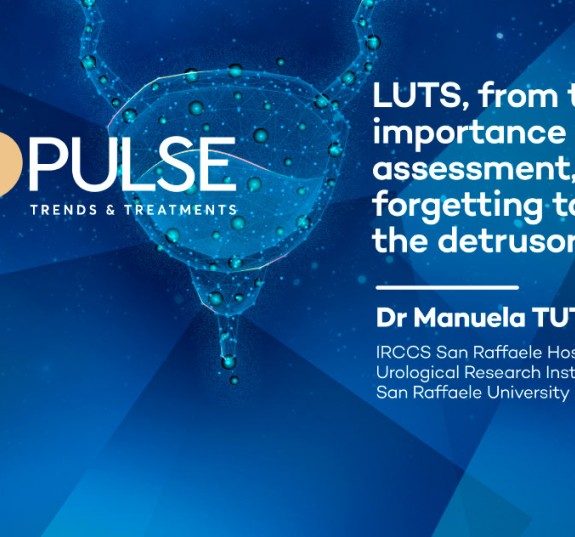Welcome to the Pierre Fabre Urology Medical Platform

New
[ LUTS/Personalized treatment ]
LUTS, from the importance of initial assessment, not forgetting to consider the detrusor

New
ICS Online Masterclass: Personalizing Care for Patients with OAB
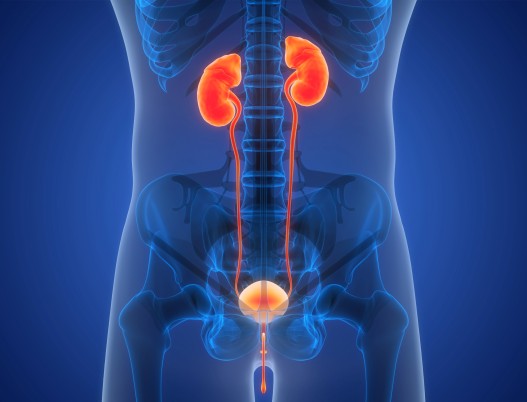
Highlights from the 54th meeting of ICS : key scientific communications on the management of lower urinary tract symptoms

New
Radical prostatectomy with preservation of neurovascular bundles with intraoperative cavernous neuro
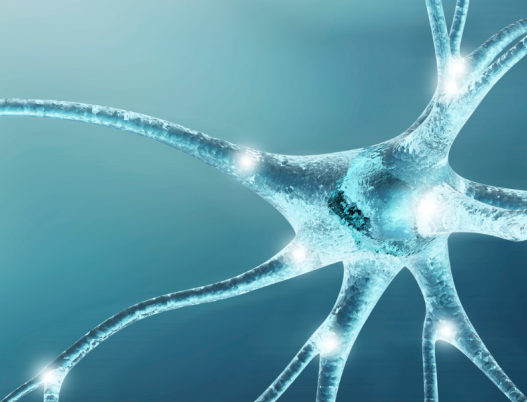


New
Implantation of a double prosthesis in a patient who has undergone a radical prostatectomy

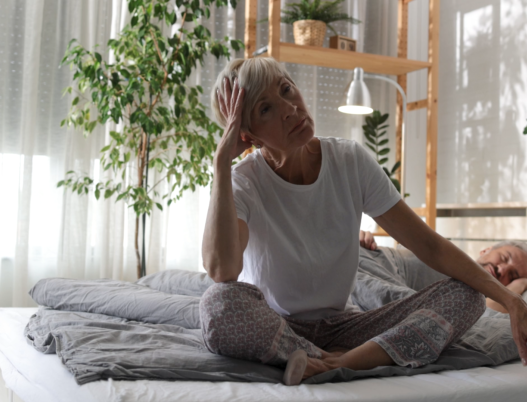
[ OAB ]
Pelvic organ prolapse may be linked to obstructive voiding pattern in women with detrusor overactivity
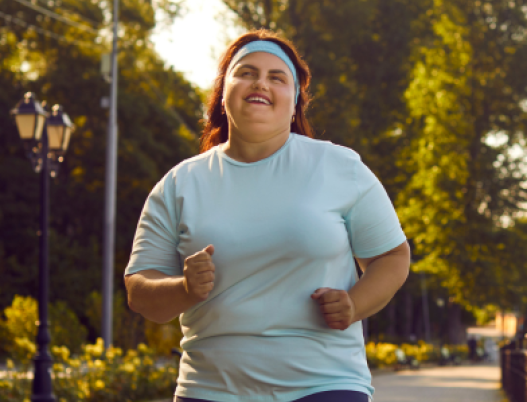
New
[ OAB ]
Storage and voiding symptoms show distinct etiologies in people with type 2 diabetes

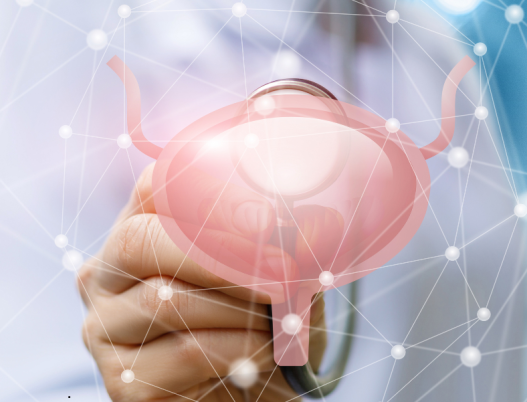

[ Shared Decision Making ]
Shared Decision Making in OAB, How to Better Address the Patient's Needs?
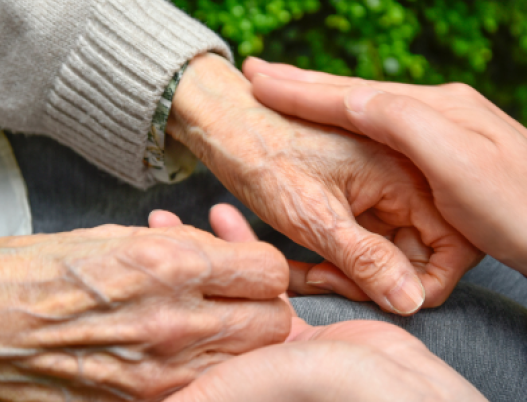
New
[ OAB ]
Factors Influencing Care-Seeking Behavior for Urinary Incontinence in Women and encouraging screening for OAB


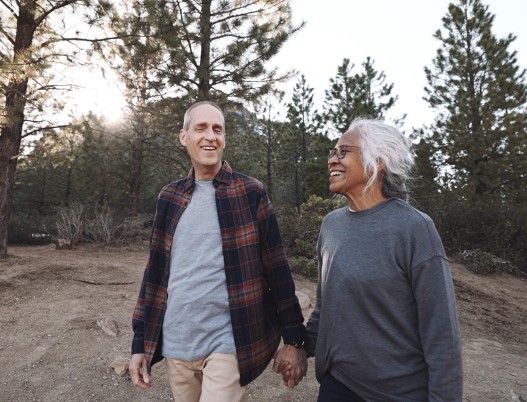

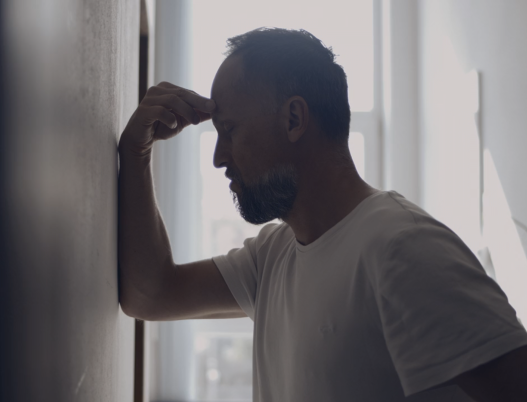
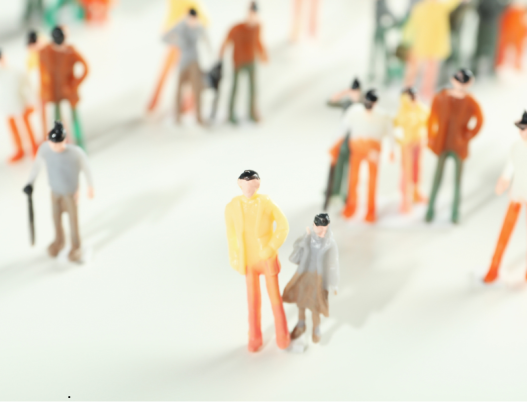
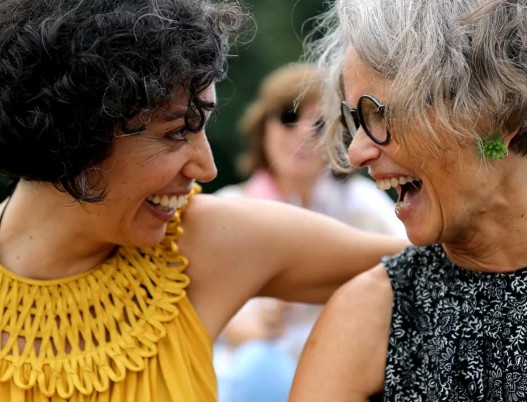
[ Shared Decision Making ]
Who are today’s OAB patients? OAB impacts individuals of both genders.

[ LUTS management ]
Optimizing LUTS and OAB Management: Striving for personalized approaches

[ Shared Decision Making ]
OAB Burden and Unmet Need : From Physicians to Patients' Expectations
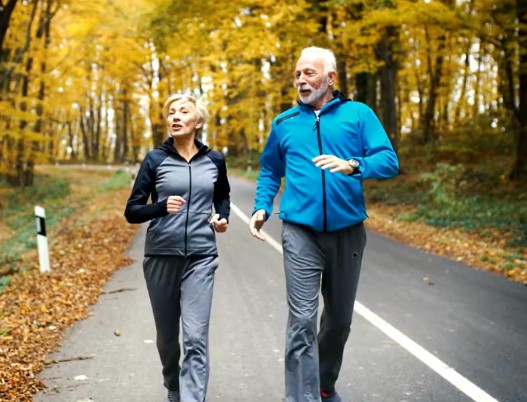
New
[ Shared Decision Making ]
Perception of ageing. Older people’s health condition: a constant evolution
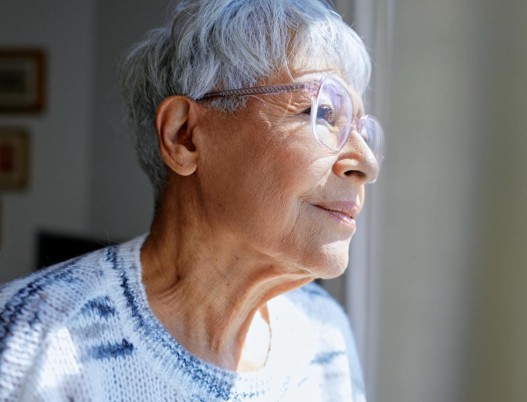
New
[ Shared Decision Making ]
Repercussions and consequences of OverActive Bladder (OAB)

[ Diagnostic ]
Dynamic analysis of bladder diaries helps shed light on urge mechanisms
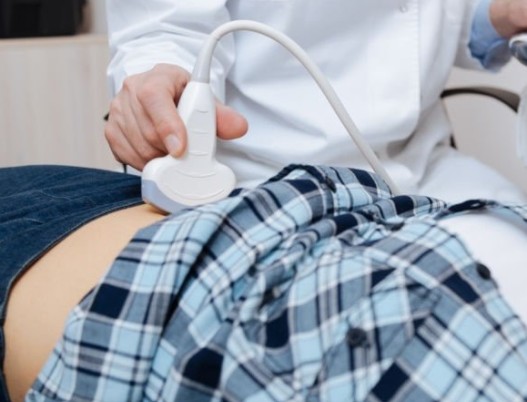
[ Diagnostic ]
Remote patient measurement ‘reliable’ for postvoid residual bladder volume

[ Diagnostic ]
Overactive bladder index provides objective tool for diagnosing children

New
[ LUTS/Personalized treatment ]
How to better tailor treatments: BPO/BPE individualized treatment
Find all 37 articles
The agenda
Our commitment in urology
40 years pioneering urology
As we continue to make strides in urology, we are supporting patients with Overactive Bladder (OAB)
